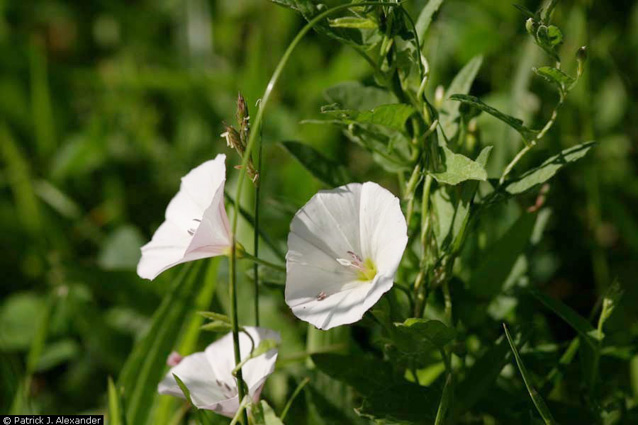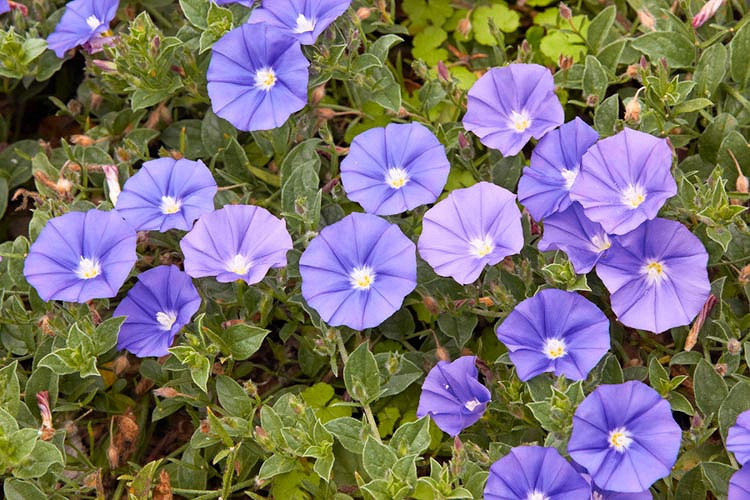How To
and
visit Home Gardening for more information about "bindweed"
FAQ of bindweed
- What is bindweed?
- Bindweed is a perennial weed that is known for its twining vines and trumpet-shaped flowers. It can be found in a variety of habitats, including gardens, fields, and roadsides.
- How do I identify bindweed?
- Bindweed can be identified by its thin, thread-like vines, arrowhead-shaped leaves, and white or pink flowers. The vines will often wrap tightly around other plants or objects.
- How do I get rid of bindweed?
- Bindweed can be difficult to get rid of, as it has a deep and extensive root system. Some methods of controlling bindweed include:
- Hand pulling: This is the most effective way to remove bindweed, but it can be time-consuming and labor-intensive. Be sure to remove as much of the root as possible when hand pulling.
- Weeding with a hoe: This can be effective for removing young bindweed plants. Be sure to hoe deeply enough to sever the roots.
- Using a systemic herbicide: This type of herbicide is absorbed by the leaves and travels down to the roots, killing the entire plant.
- Solarization: This method involves covering the area where bindweed is growing with a clear plastic sheet. The heat from the sun will kill the bindweed roots.
- Bindweed can be difficult to get rid of, as it has a deep and extensive root system. Some methods of controlling bindweed include:
- How do I prevent bindweed from coming back?
- To prevent bindweed from coming back, you can:
- Keep your garden well-weeded: This will help to prevent bindweed seeds from germinating.
- Mulch your garden beds: This will help to suppress weed growth.
- Rotate your crops: This will help to disrupt the bindweed life cycle.
- Inspect plants regularly for signs of bindweed: If you catch it early, it will be easier to control.
- To prevent bindweed from coming back, you can:
Image of bindweed
- Hedge bindweed (Calystegia sepium)
- Field bindweed (Convolvulus arvensis)
- Pink bindweed

- White bindweed

- Blue bindweed

- Dwarf bindweed

- Greater bindweed
- Lesser bindweed
- Creeping bindweed

- Tangled bindweed



Post a Comment for "How To"